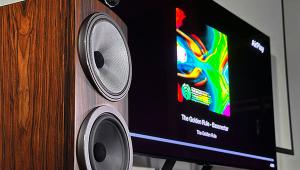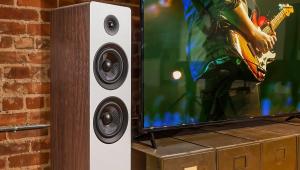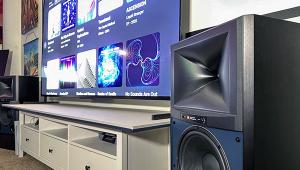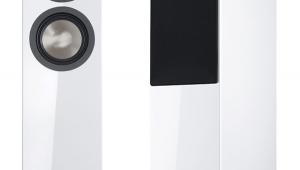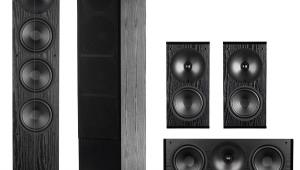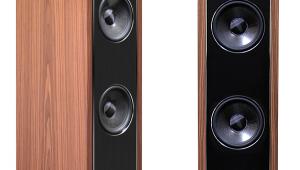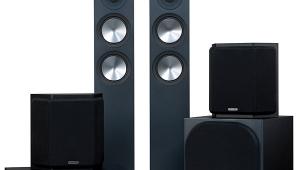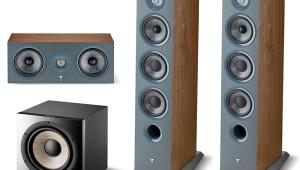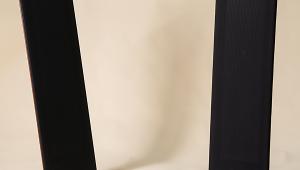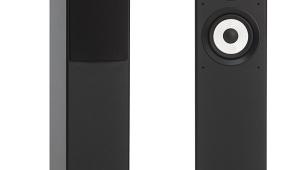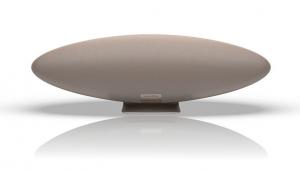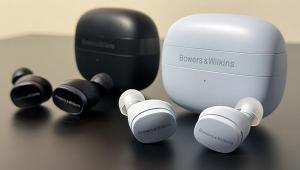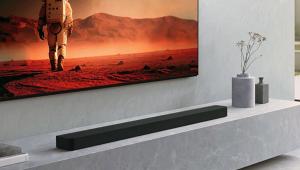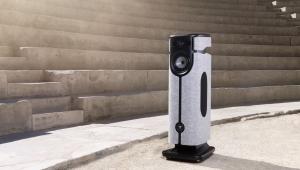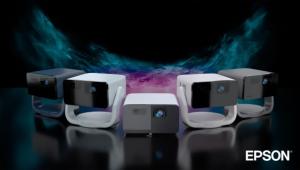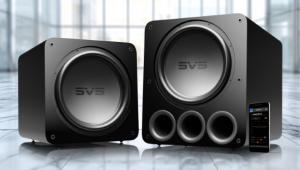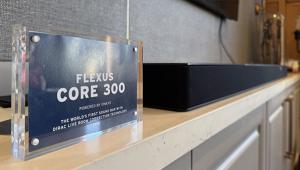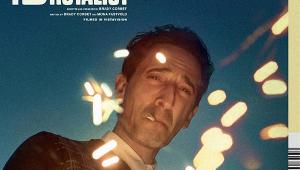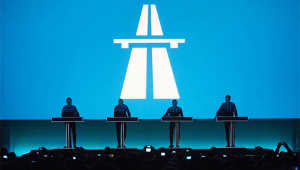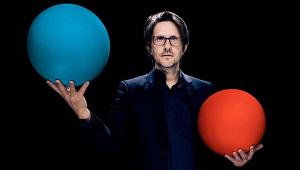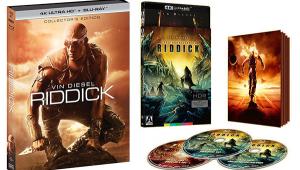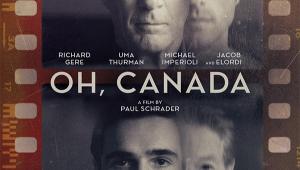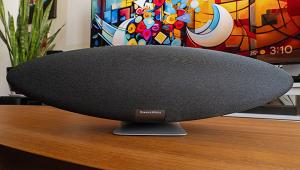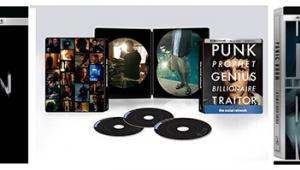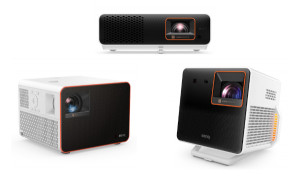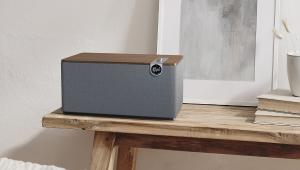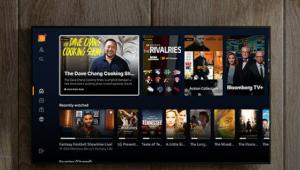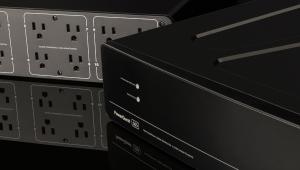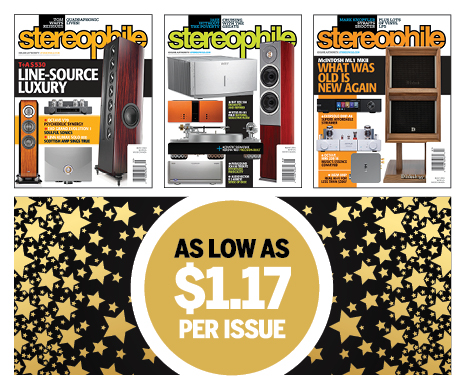Magnepan MMG Speaker System Real-World Performance
If all this sounds like a lot of work, think of it as sweat equity. We're talking about a five-channel speaker system that costs less than a grand, after all. Spend time on setup and tuning, and you'll be taken to amazing places.
Places like the Ryman Auditorium on Neil Young's Heart of Gold on Blu-ray. The FOH (front of house) sound was impressive: dynamic and crystal-clear. However, the rear-channel MMG Ws completely disappeared, offering precisely the right amount of Ryman room decay. No, I haven't actually ever been to the Grand Ol' Opry, but if Ryman doesn't sound like Heart of Gold, it ought to.
 Kiss Kiss Bang Bang on Blu-ray has a Dolby Digital 5.1-channel soundtrack, and it uses the high bit rate to fantastic effect in the action sequences, with sounds going on all around. The scene in which Harry and Harmony meet in the club was just about perfect through the Maggies, with the balance between the loud music and the dialog sounding both realistic and comprehensible. Likewise, the balance between the onscreen sound and the rear channels was extremely effective.
Kiss Kiss Bang Bang on Blu-ray has a Dolby Digital 5.1-channel soundtrack, and it uses the high bit rate to fantastic effect in the action sequences, with sounds going on all around. The scene in which Harry and Harmony meet in the club was just about perfect through the Maggies, with the balance between the loud music and the dialog sounding both realistic and comprehensible. Likewise, the balance between the onscreen sound and the rear channels was extremely effective.
Without question, the best-sounding Blu-ray disc I auditioned was I Am Legend, with its Dolby TrueHD soundtrack. This disc demonstrated once again that the real proof of a multichannel soundtrack isn't its ability to blow stuff up real good (although Legend has superb low-end extension), but to paint subtle soundscapes convincingly. As Robert Neville wanders through a post-apocalyptic New York, the depth of the silence and the sound of insects chirping, wind blowing through concrete canyons, and even Neville's breathing were extraordinarily real.
As was the delivery of the surround effects in action sequences, such as Neville chasing (or was it herding?) deer down a crumbling Broadway. Chapter 18's bridge collapse was convincingly colossal, reinforcing my impression that the sub/MMG W hand-off was sufficiently seamless. It rattled the room without a noticeable gap.
The integration was superb, but some listeners might find the midbass a trifle lean. Jazz performances, such as Diana Krall's Live in Paris on DVD, had lots of detail, especially the crisp articulation of Ms. Krall's piano. But the acoustic bass, while having ample power, wasn't fully life-sized. Granted, the disc's producer could have done John Clayton better justice, but his downsizing in the mix was apparent through the Maggies.
The deep-bass grunt, supplied by the combination of the Polk and SVS subwoofers, provided the Maggies with the requisite dynamic extension we contemporary cineastes demand. Very good, the Maggies certainly are—miraculous, they ain't. Five channels of 100Hz–16kHz can sound quite clear, but they don't move Independence Day quantities of air.
One comment about that 16kHz top-end limit: I appreciated it. I find many—no, most—DVD dialog tracks far too crisp for comfort. I reckon they're EQ'd for projection through a perforated screen, but they make me cringe. The Maggies tame that tendency, and I say good for them. If you're enamored of laser-sharp sound effects and a crisp sonic presentation, they might sound a bit rolled off. This is not to say they lack detail—they revealed very subtle details of soundtracks and musical instruments superbly.
The curved configuration of the MMG C worked as billed. The horizontal dispersion was effective for both primary listening seats in our home theater. Dialog and center-channel effects were clear and also timbrally identical to the L/R channels. Best of all, unlike horizontal midrange-tweeter-midrange center speakers (a configuration also known as D'Applito), the curved panel delivered seamless coverage—no picket-fence comb filtering here.
- Log in or register to post comments

